30th Jan 2025
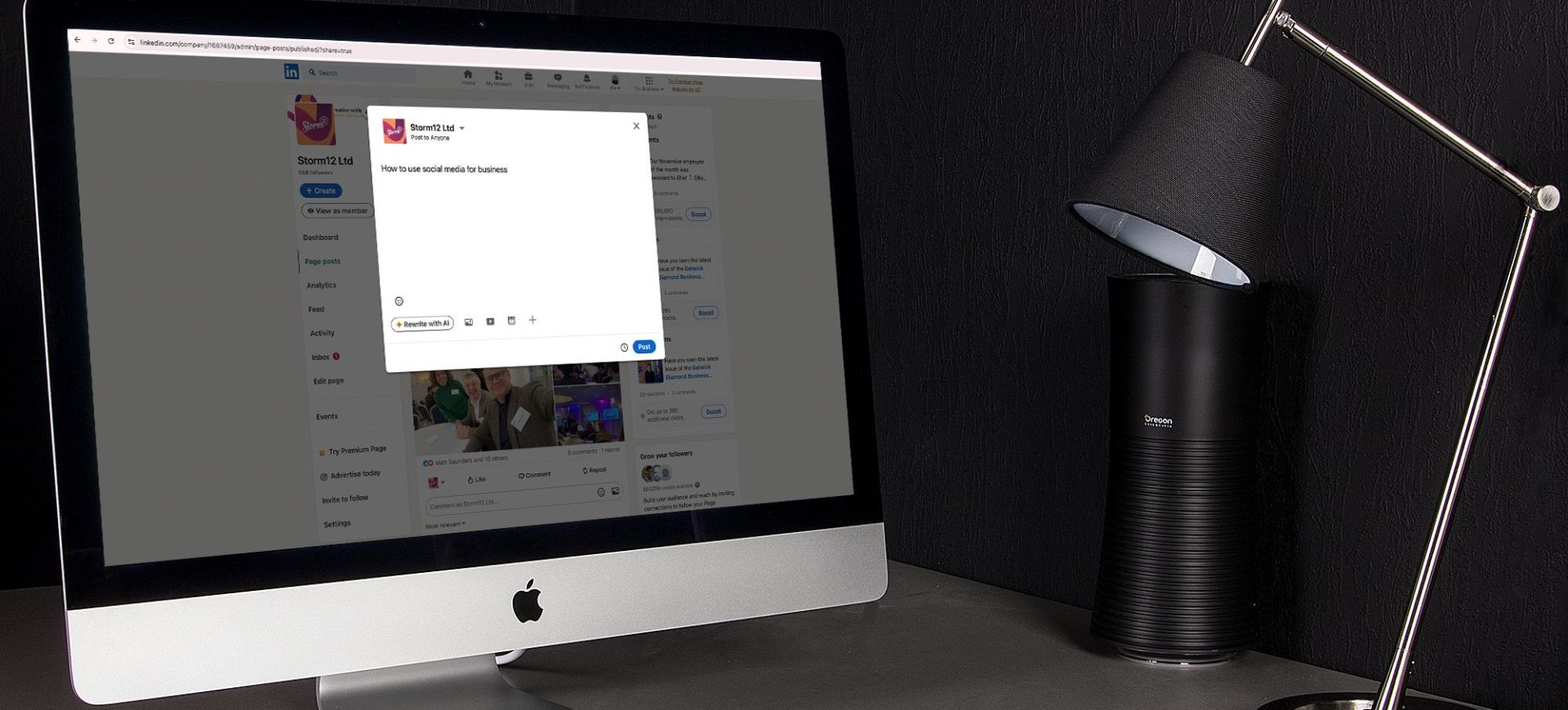
30th Jan 2025
The key to a successful strategy lies in choosing the platforms that align with your business goals and target audience. Here’s a breakdown of which platforms are best suited for different industries:
Best for: Retail, Hospitality, E-commerce, B2C businesses
Facebook’s broad user base and versatile features (like business pages, events, and groups) make it ideal for businesses that want to engage with a large audience, drive traffic to their website, and run ads. If you are a retail store, restaurant, or e-commerce brand, Facebook’s marketplace and ad tools can significantly boost your sales.
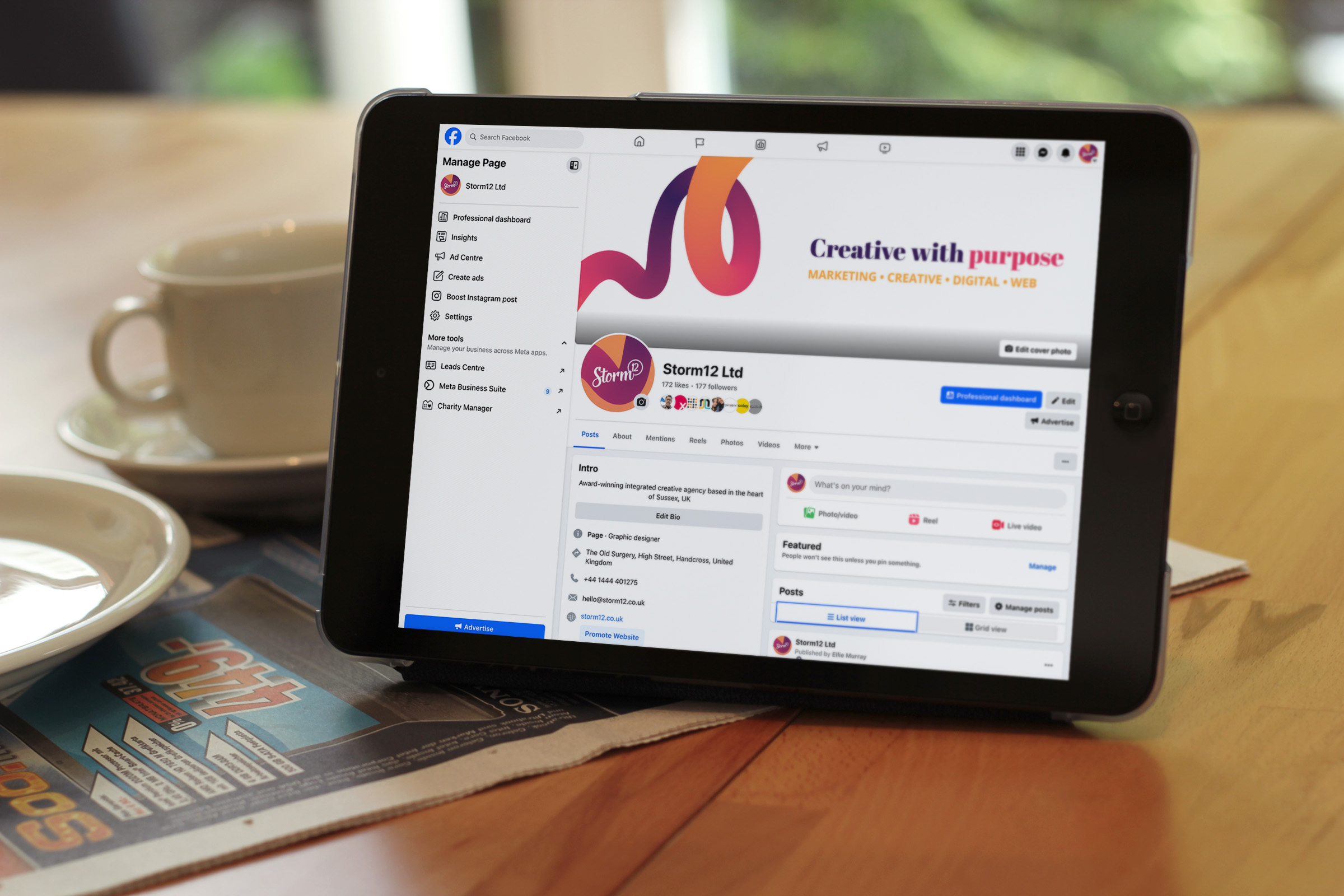
Best for: B2C Businesses, Fashion, Beauty, Food, Art, Travel, and Visual Products
Instagram’s visual nature makes it the perfect platform for businesses with strong imagery, such as fashion brands, food bloggers, or artists. With features like Stories, Reels, and Shopping, it’s great for brand storytelling and product promotion.
Instagram’s younger audience (ages 18-34) makes it ideal for businesses targeting millennials and Gen Z.
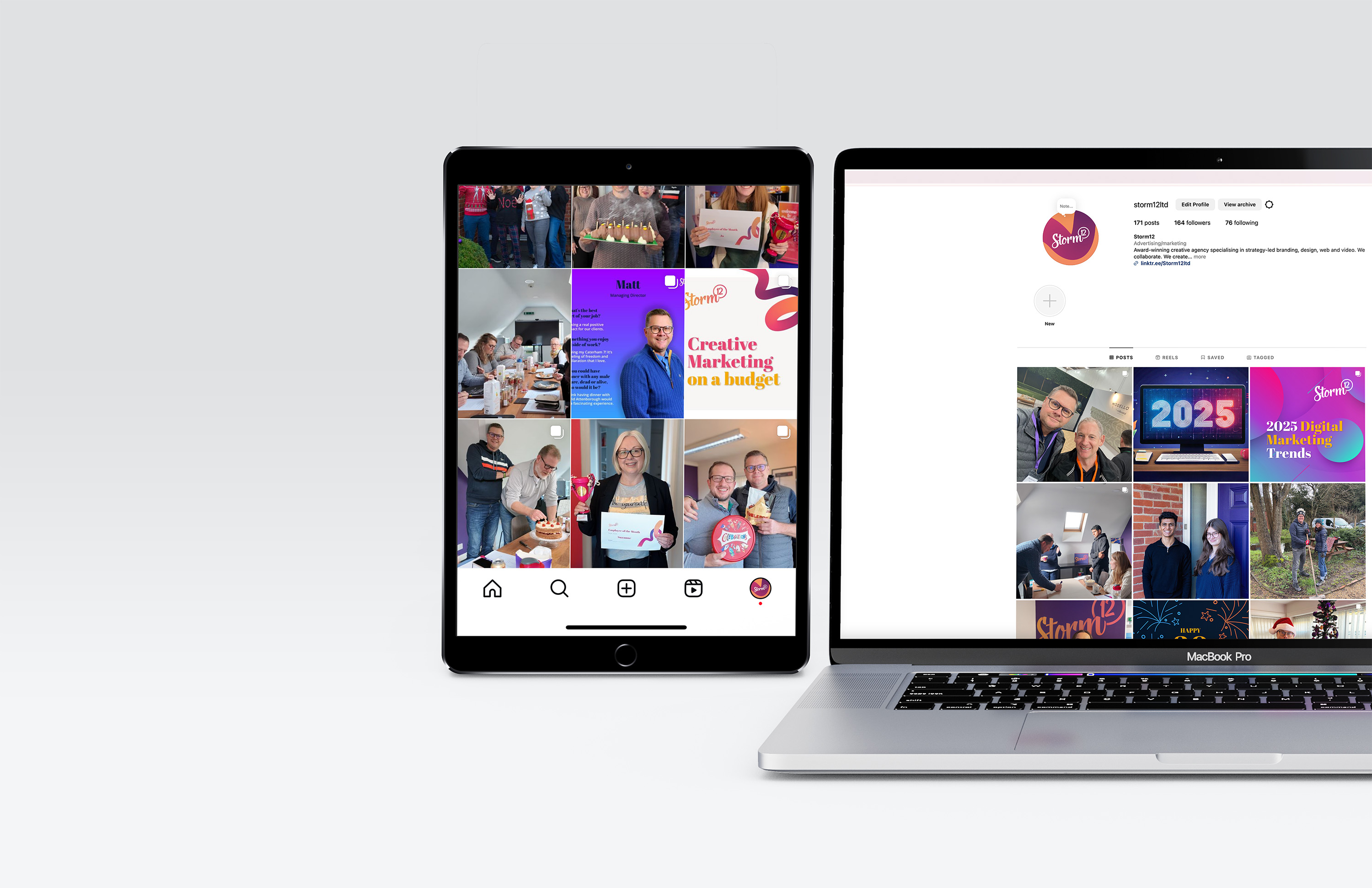
Best for: B2B Businesses, Professional Services, Tech, Finance
LinkedIn is the go-to platform for businesses offering professional services. If you run a business in tech, consulting, finance, or any B2B industry, LinkedIn helps build your professional network, share industry news, and generate leads. It’s also an excellent platform for thought leadership, where businesses can post articles, case studies, and industry insights.

Best for: News, Media, Technology, Customer Service
If your business thrives on real-time information or customer service, X is your ideal platform. It’s great for sharing breaking news, engaging with customers, and building brand authority in industries like tech, media, and entertainment.
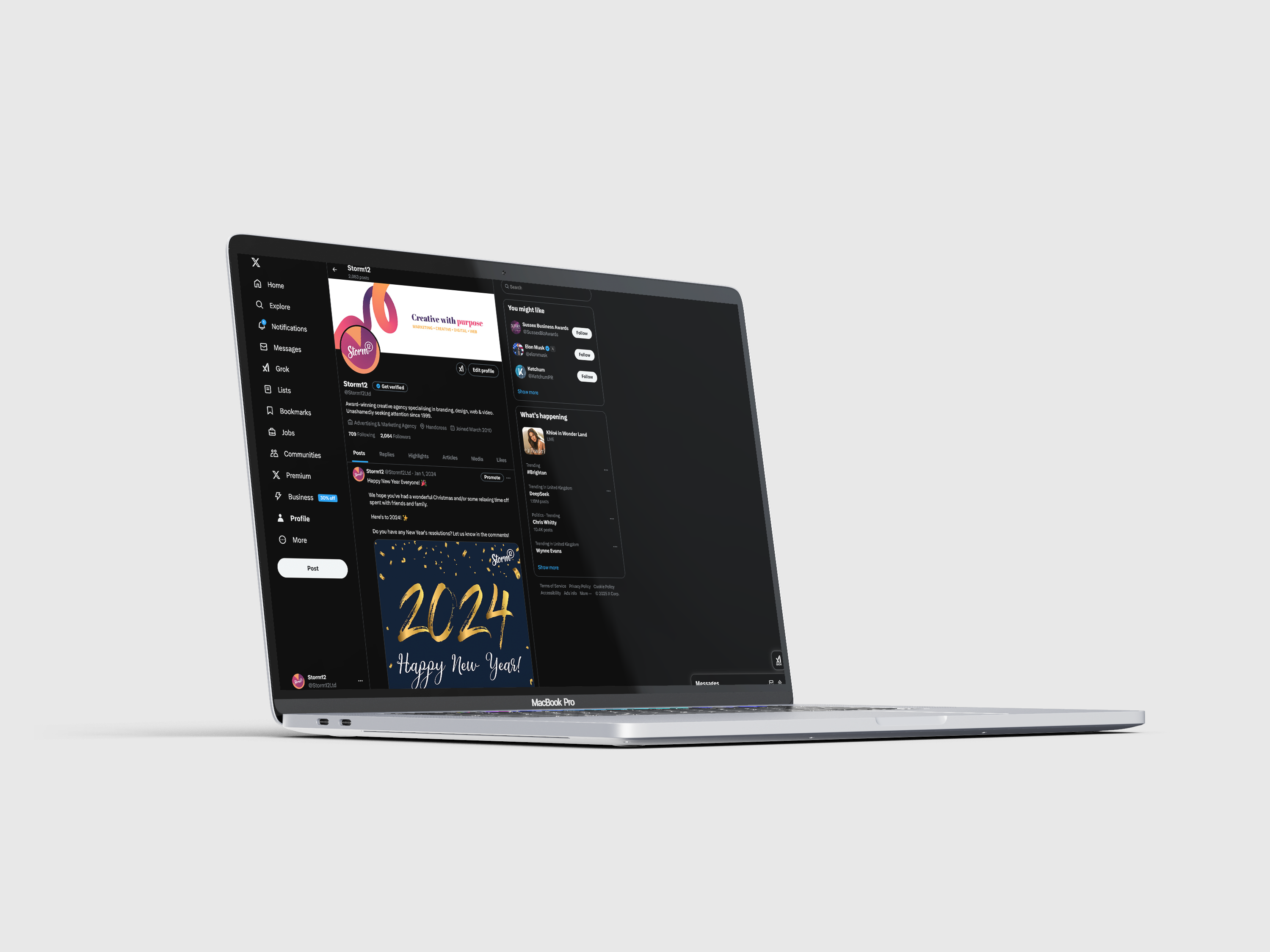
Best for: Home Decor, Outdoor Living, DIY, Fashion, Beauty, Food, Travel
Pinterest is a visual search engine that works well for businesses in the lifestyle, home decor, food, and fashion sectors. It’s particularly effective for driving traffic to your website, especially if you have creative content like tutorials, blog posts, and infographics. Many businesses use Pinterest for inspiration boards, how-to guides, and to showcase products.
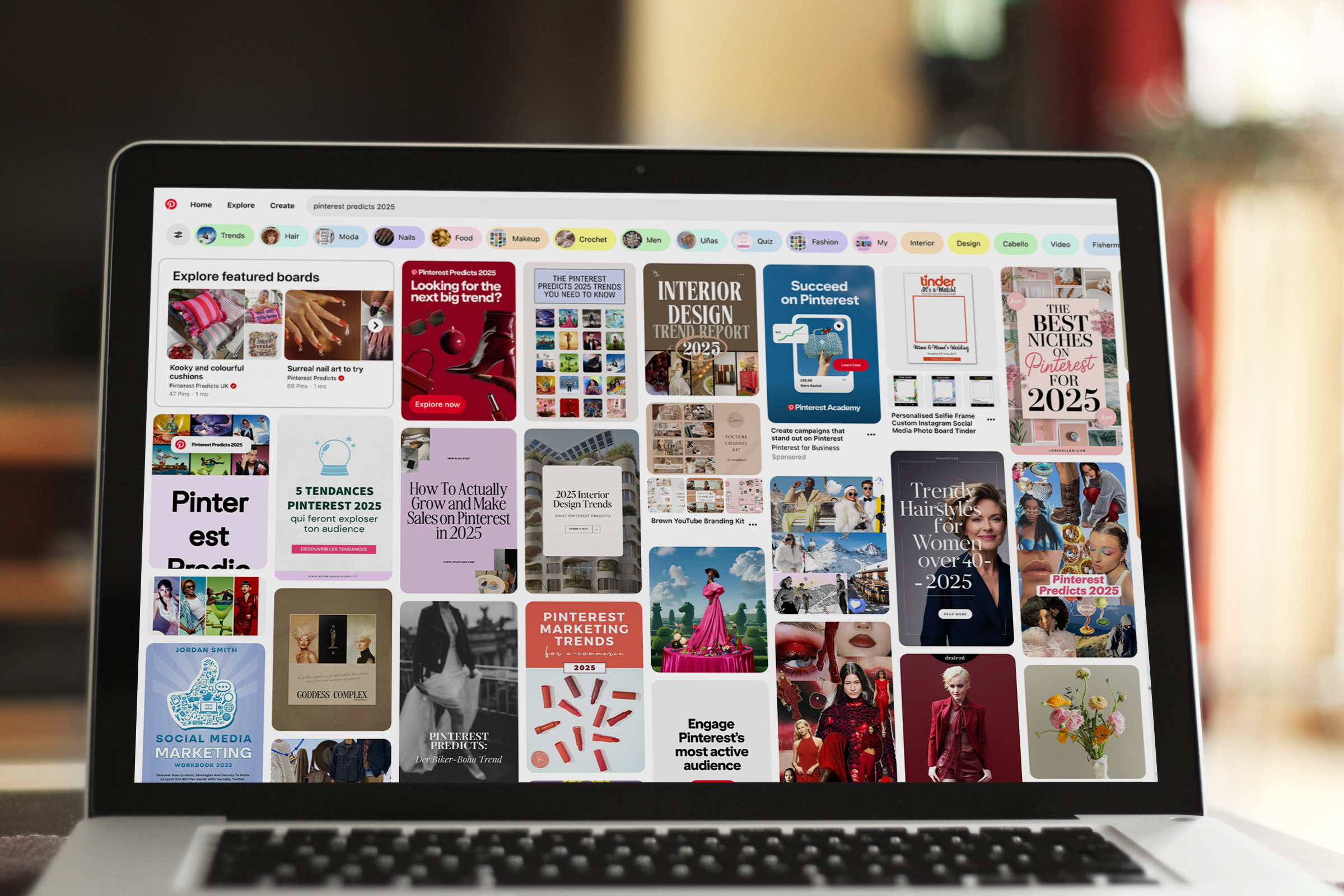
Best for: Entertainment, Fashion, Beauty, Fitness, Tech
TikTok is a content-driven platform where creativity is key. If your business appeals to a younger, trend-sensitive audience, TikTok can be an excellent choice. Fashion brands, beauty influencers, fitness experts, and even B2B companies can use short-form videos to engage users in a fun, light-hearted way.
Once you’ve chosen the best platforms for your business, creating an effective content strategy is essential. Here's how to approach content on different platforms:

Your content should align with both your brand identity and your audience’s interests. Here’s a guide to what types of content resonate on various platforms:

Timing plays a huge role in how your content performs on social media. The best times to post depend on your target audience and platform. However, here are general guidelines:
Keep in mind that these posting times can change, so we’d recommend regularly researching the best times and days to post. Even better, by using scheduling platforms such as Hootsuite and META, you can see the best times to post to reach your specific audience.

Tailor your content to suit the tone and format of each platform. For instance:

Social media is an incredibly powerful tool when used correctly. By selecting the right platforms for your industry and creating a targeted content strategy, you can engage your audience, increase brand visibility and drive business growth.
Whether you're sharing behind-the-scenes content on Instagram, sharing exciting business updates on LinkedIn, or running ads on Facebook, being consistent and strategic is key to success.